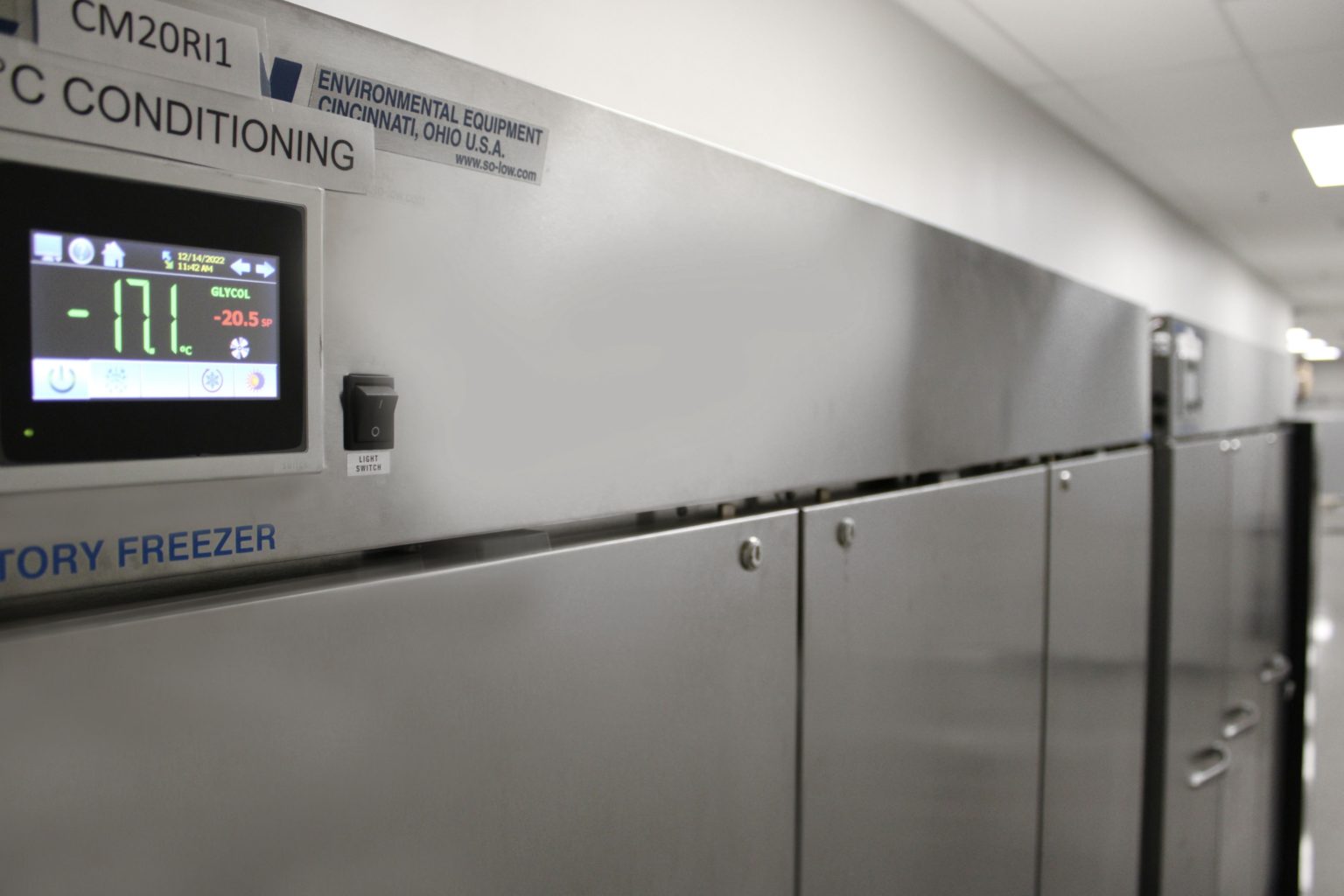 Gel pack conditioning is a valuable tool for businesses operating in the cold chain industry. By leveraging the principles of gel-pack packaging, companies are able to ensure temperature requirements are met and protect fragile perishable items during transport.
Gel pack conditioning is a valuable tool for businesses operating in the cold chain industry. By leveraging the principles of gel-pack packaging, companies are able to ensure temperature requirements are met and protect fragile perishable items during transport.
With this form of product protection becoming increasingly important, it’s essential that your business understands how it works.
In this blog post, we will provide an overview of what gel-pack conditioning entails and explore its benefits when used within the cold chain context.
What is Gel Pack Conditioning?
Gel pack conditioning is a process used in the cold chain logistics industry to ensure that products are kept at their optimal temperature range during shipping. This method involves packing perishable items in insulated containers with frozen gel packs, which provide cold air to circulate and act as an insulator against outside temperatures. It helps keep frozen or refrigerated items below 0 °C for several hours, allowing items to be shipped safely around the world without the risk of spoilage.
 The use of gel packs ensures that perishable goods retain their freshness and quality throughout the transit journey. It also allows companies to ship fragile items with less worry since they know the product will maintain its ideal temperature range even if there are unexpected delays or gaps in transit time. In addition, using this method minimizes the need for dry ice usage which can be hazardous if handled improperly.
The use of gel packs ensures that perishable goods retain their freshness and quality throughout the transit journey. It also allows companies to ship fragile items with less worry since they know the product will maintain its ideal temperature range even if there are unexpected delays or gaps in transit time. In addition, using this method minimizes the need for dry ice usage which can be hazardous if handled improperly.
Gel pack conditioning is generally more cost-effective than traditional dry ice methods and requires much less logistical involvement due to its low maintenance nature – no special storage equipment is required as gel packs can simply be refrozen after use instead of needing to be purchased constantly like with dry ice methods. Moreover, because it does not require extreme temperatures or advanced technology like cryogenic tanks (which freeze food products down well beyond -18°C), it’s an attractive option for any business looking for an efficient way of keeping their products safe throughout transportation over long distances.
How is Conditioning Applied to Cold Chain Solutions?
Conditioning is an essential part of any cold chain solution. A cold chain can refer to any system that maintains a safe and proper temperature for the transport and storage of sensitive products, such as food, pharmaceuticals, or medical devices. Conditioning helps ensure that these products remain in optimal condition throughout their journey from manufacturer to consumer.
 Conditioning involves controlling several key factors: humidity, flow velocity (airspeed), and temperature. These three elements must be within certain ranges if the transported items are to remain unspoiled or safe for use. The temperature should be kept at a stable level, with temperatures within refrigerated trucks ranging between 0°C and 8°C depending on the product’s sensitivity requirement. Humidity levels should also be controlled – low moisture helps prevent microbial growth while high ventilation removes excess moisture build-up due to evaporation. Flow velocity is important too; airspeed differences between air-conditioned compartments ensure effective temperature control throughout transit times (as different layers will heat up/cool down differently).
Conditioning involves controlling several key factors: humidity, flow velocity (airspeed), and temperature. These three elements must be within certain ranges if the transported items are to remain unspoiled or safe for use. The temperature should be kept at a stable level, with temperatures within refrigerated trucks ranging between 0°C and 8°C depending on the product’s sensitivity requirement. Humidity levels should also be controlled – low moisture helps prevent microbial growth while high ventilation removes excess moisture build-up due to evaporation. Flow velocity is important too; airspeed differences between air-conditioned compartments ensure effective temperature control throughout transit times (as different layers will heat up/cool down differently).
Bottom Line
The bottom line is that gel packs are an essential part of any cold chain and can help ensure your products remain fresh and cool during transit. If you’re looking for high-quality gel packs, Nordic Cold Chain is the perfect supplier. We offer a wide range of gel packs to suit your needs and our team is always available to answer any questions you may have.
Contact us today to learn more about our products and how we can help you keep your products safe during transport.







